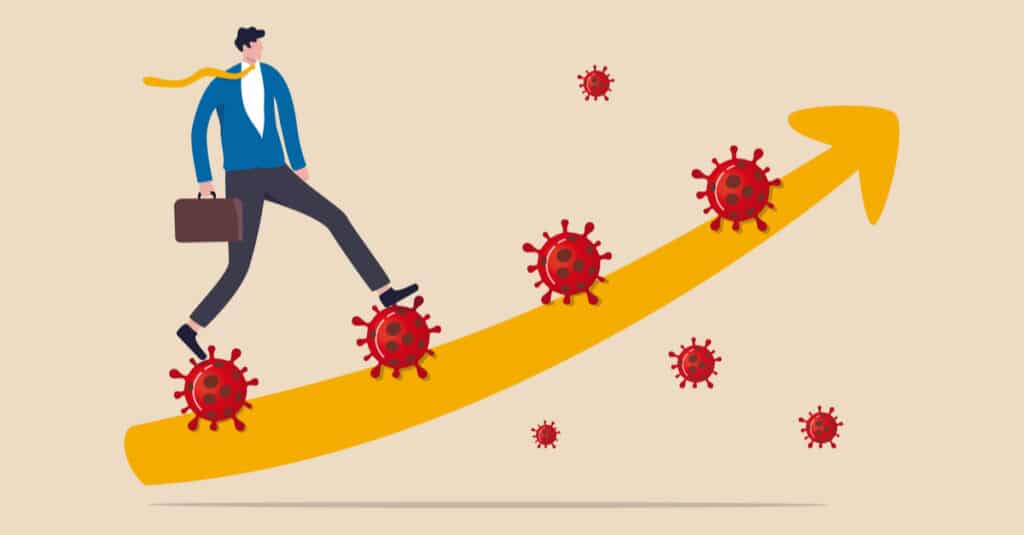The Future of the Workplace in a Post-COVID World

Last March, Texas professionals were sent to work from home for a couple weeks, but quickly realized the situation would be semi-permanent. Since then, we have adapted to working out of our homes alongside spouses and children. Ultimately, our work lives were turned upside down.
Just as employees were forced to adjust to their “new normals” through working remotely, employers will have to adapt to the way their employees now function. Studies show a good office design can make employees 33 percent happier with their jobs. Knowing this, significant changes will have to be made by employers to keep employees happy as their routines and expectations have shifted.
We’ve become accustomed to working from different areas, moving around the house throughout the day as we please, and we’ve realized that most meetings can be conducted online, which minimizes travel time and adds extra hours back into the work day. Additionally, we have enjoyed the flexibility of taking breaks, cooking and eating at any time, and spending time outdoors. These are aspects of the work day that some employees will not easily give up.
As we return to the workplace, employers will need to implement flexible furniture and power sources throughout the space. Additionally, more individuals will want to have the option to work outside. We may begin to see a shift in the layout of offices, as the main reason for commuting to work will be to do strategy ideation and creative collaboration. To accommodate this, we will start to see more multipurpose spaces that can be converted for maximum flexibility. The office must now be a destination that people want and need to come to, offering some of the conveniences of working from home with added perks. To meet these needs, employers will need to ensure these five essential areas are available in the office: individual work spaces, meeting areas, somewhere to retreat, food and beverage areas, and a wellness space.
While there will always be the corporate office and the home, blended workspaces like coworking, where multiple companies operate within one area, will start to become more popular, as a shorter commute results in a more productive day. Because our physical needs have changed and hybrid work habits are becoming increasingly popular, we will begin to see a rise in individuals who split time between their homes and more formal office settings, likely opting to stay closer to home as opposed to commuting into a nearby city.
Following this trend, I expect we will see more companies migrate to a “hub and spoke” approach, which is a structure where a company may have several satellite offices throughout a city or state that allow employees to congregate at a location closer to them rather than one single corporate headquarters. In the future, companies will see both suburban and “vacation” hubs in high demand as corporations evaluate flex spaces as additional spaces to corporate campuses.
Though society will soon begin to go back to “normal,” some changes are here to stay. Employers who value employee retention and their ability to recruit quality talent will provide options that align with the culture and needs of employees. The result? More productive, and ultimately happier, workforces.




What Will a Post-Pandemic Austin Look Like?
July 1, 2021